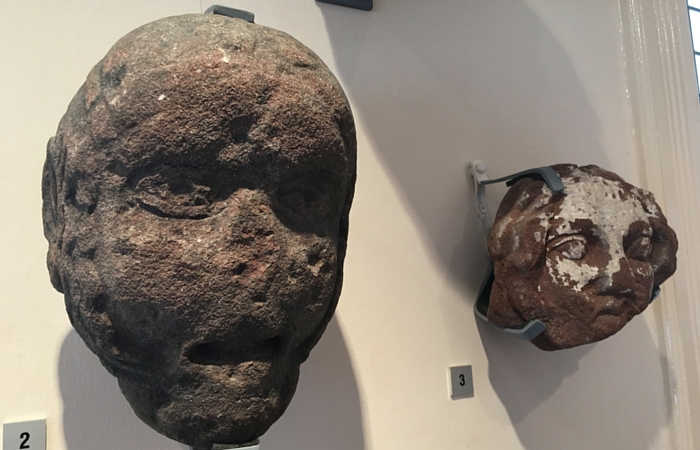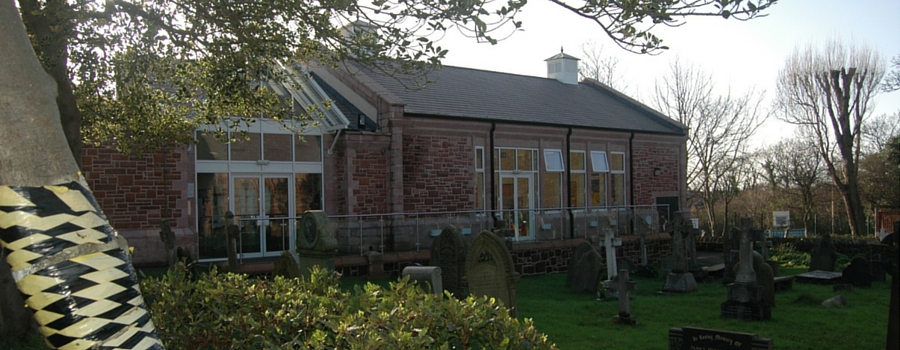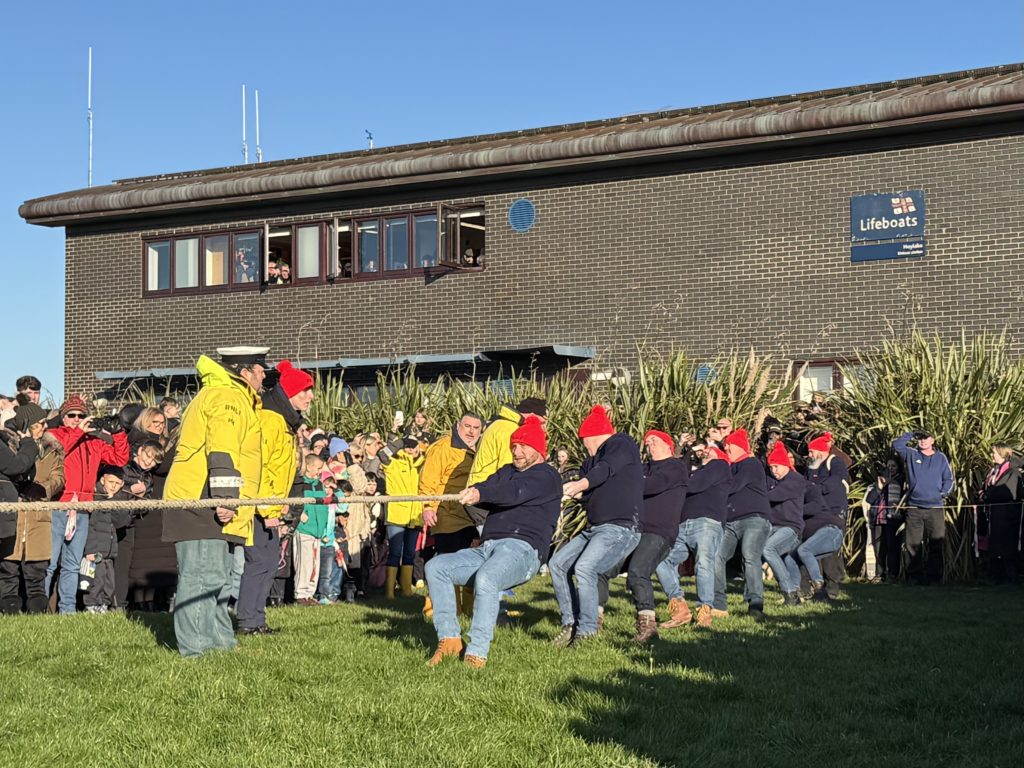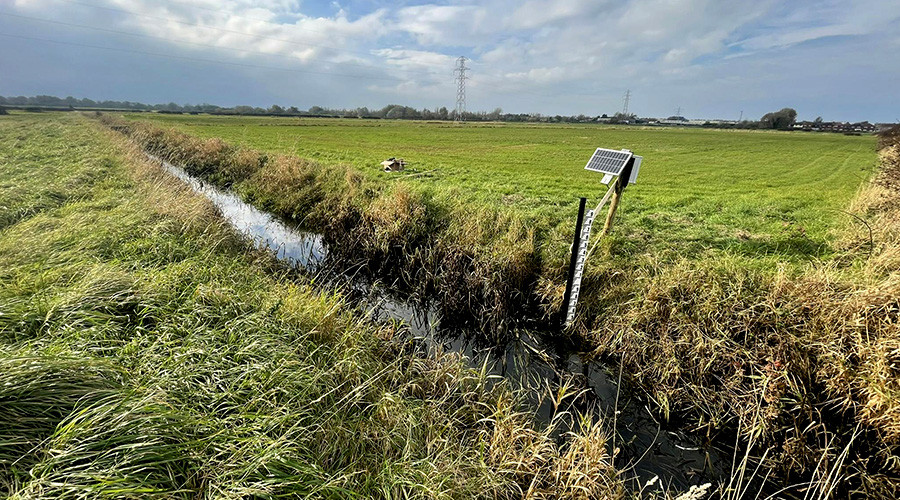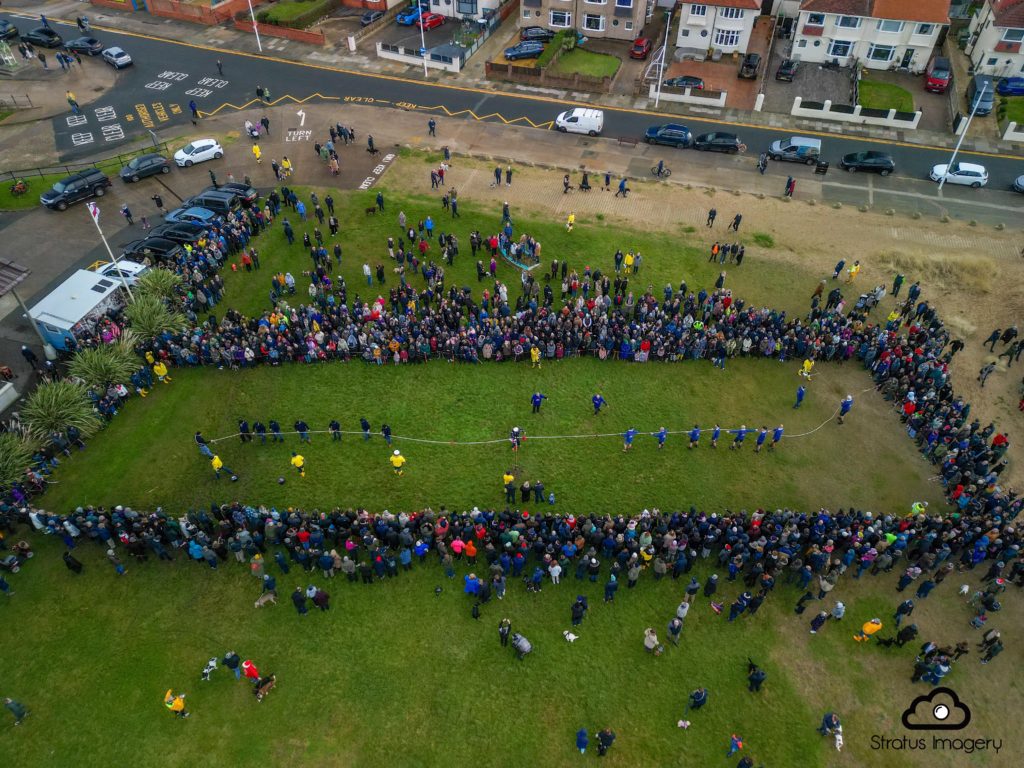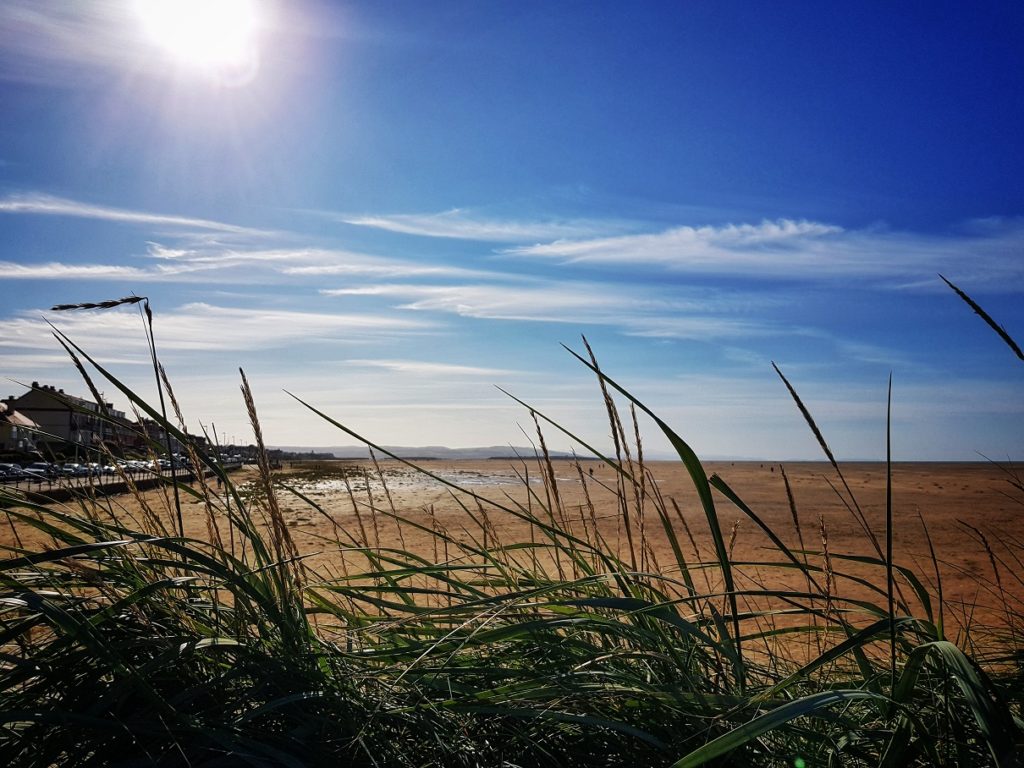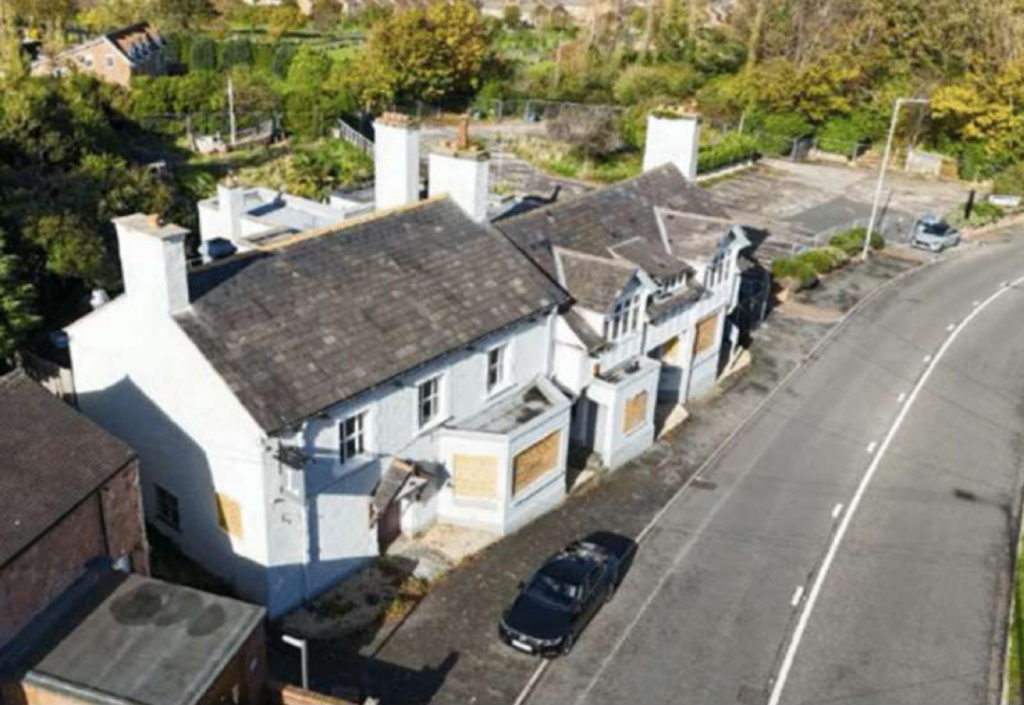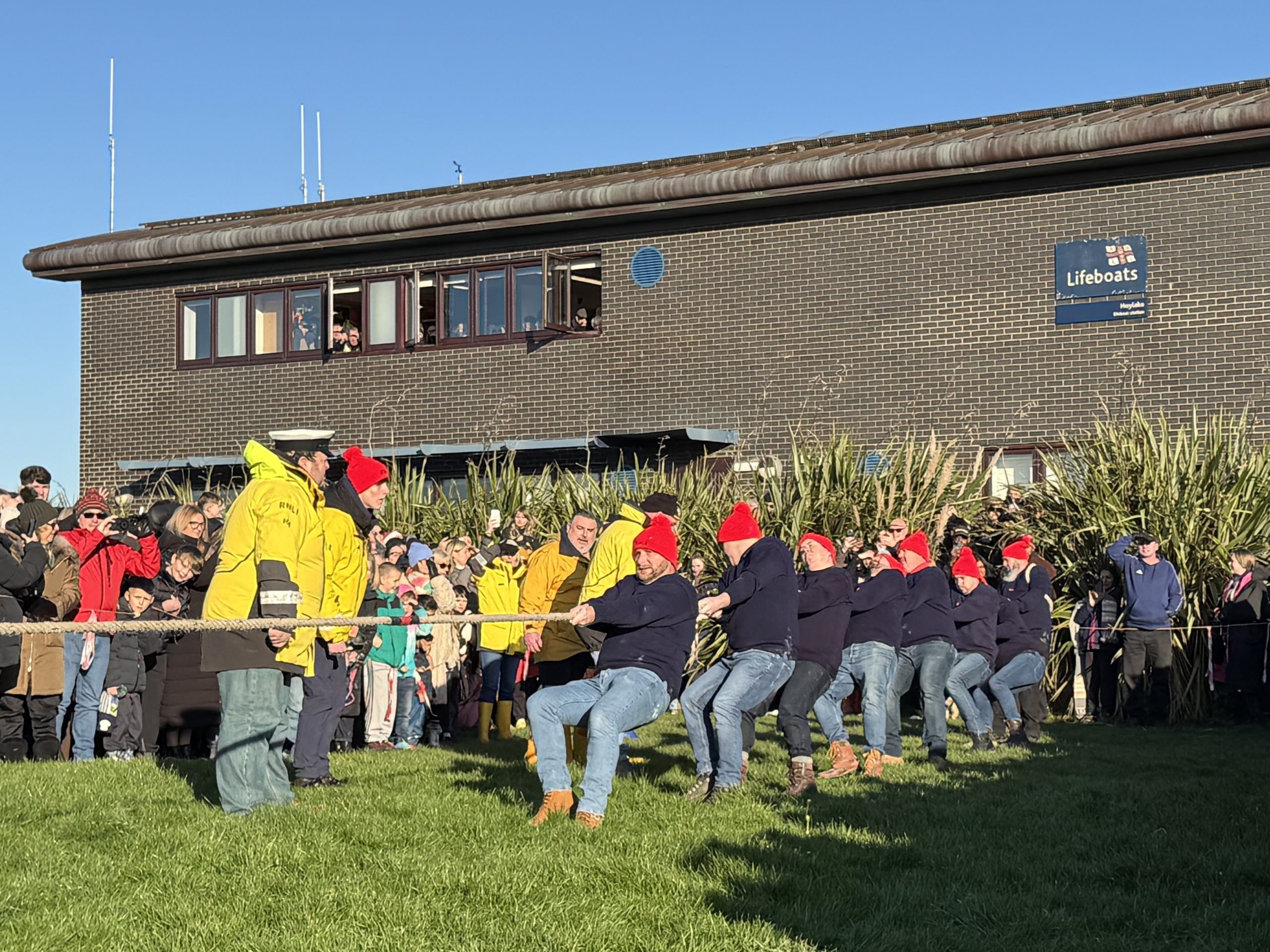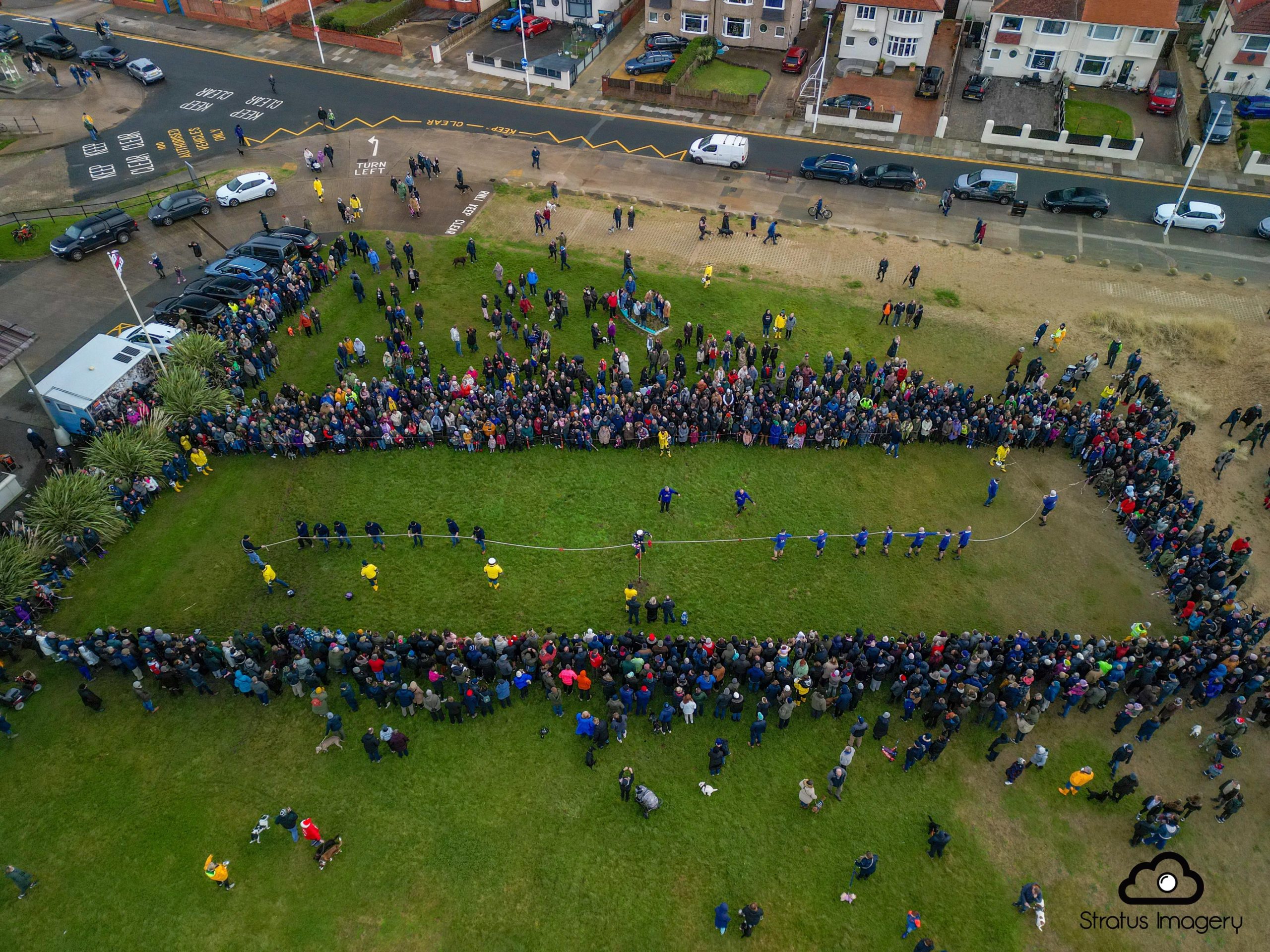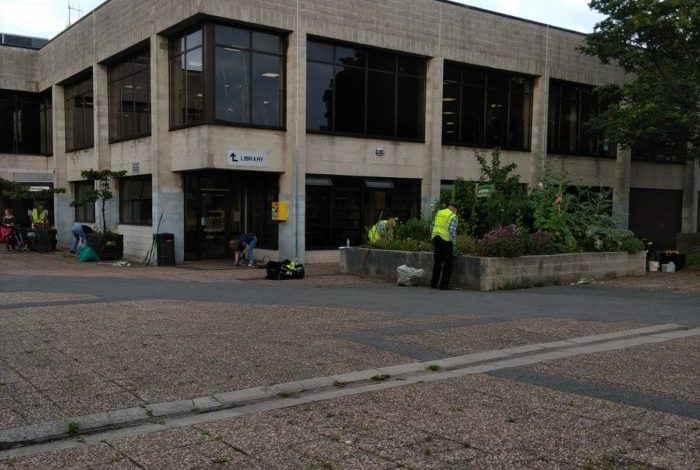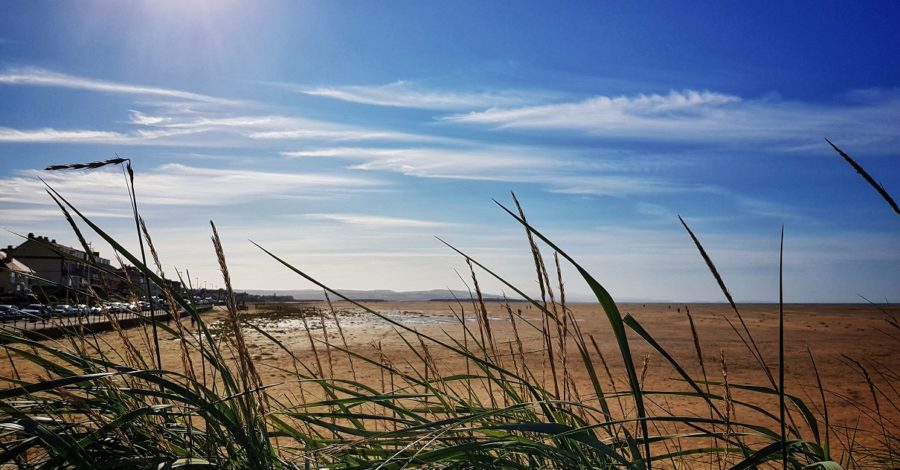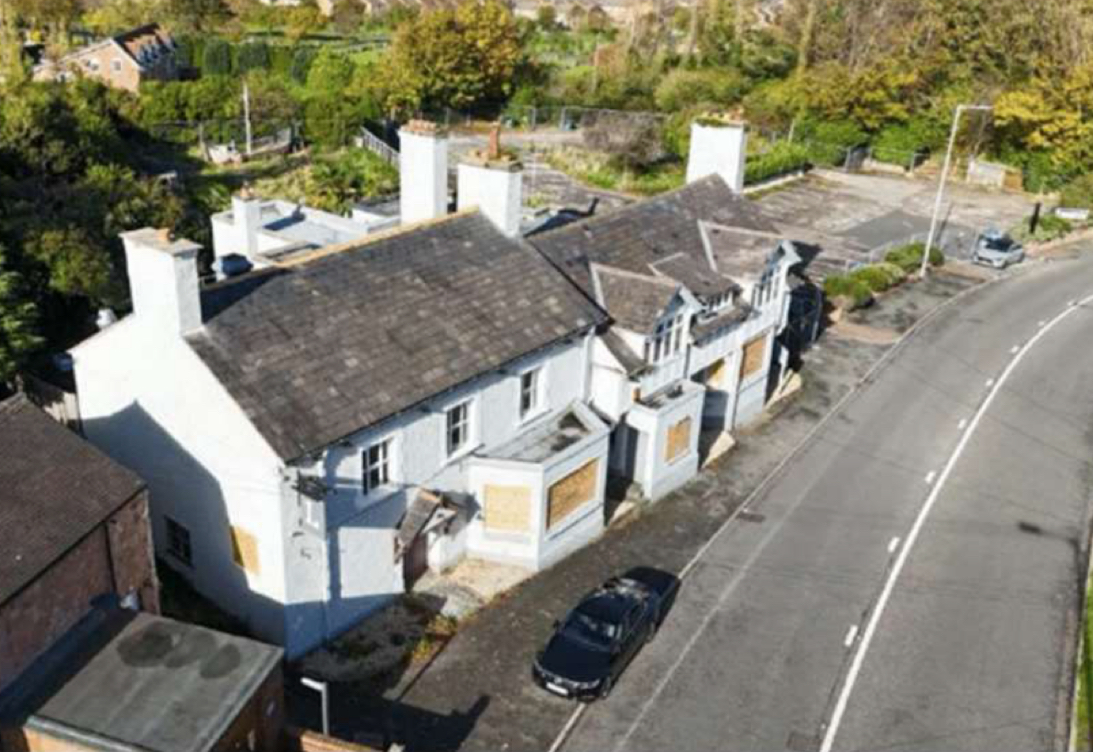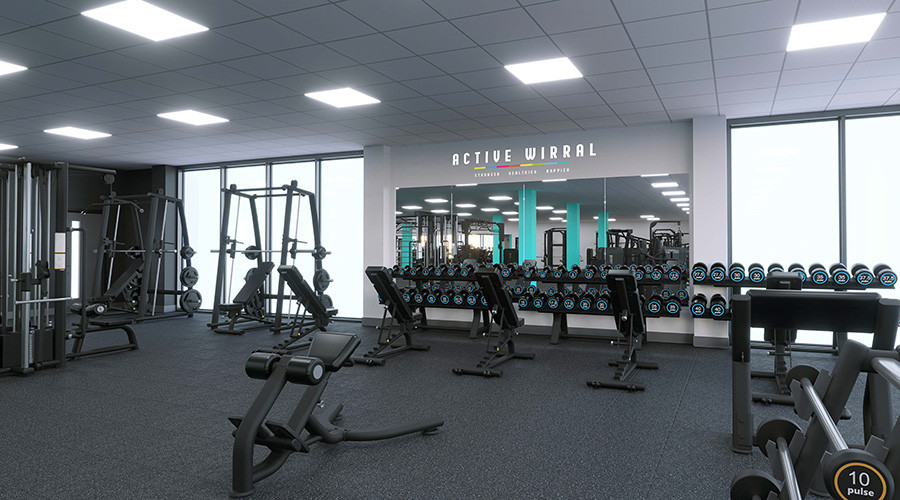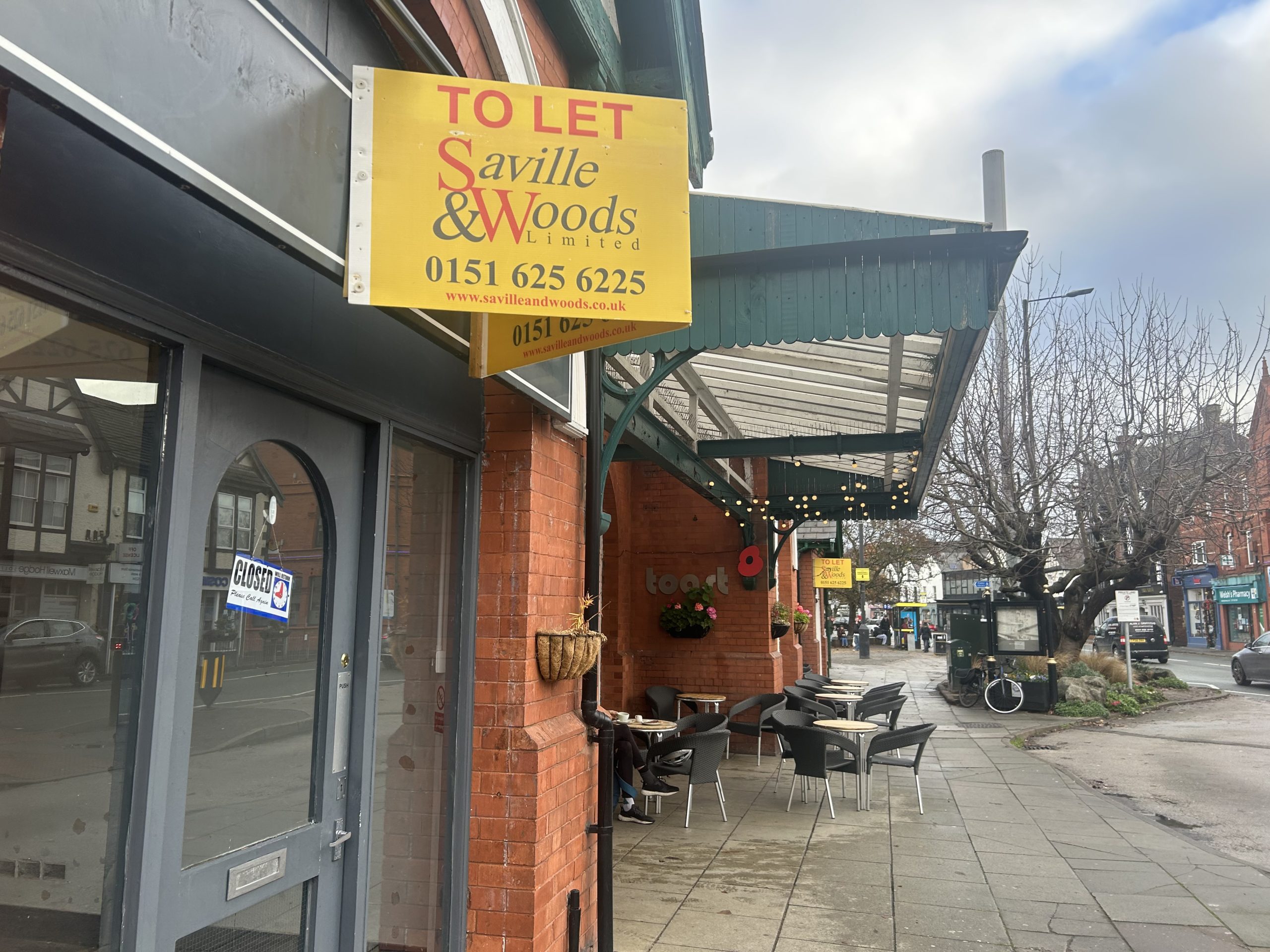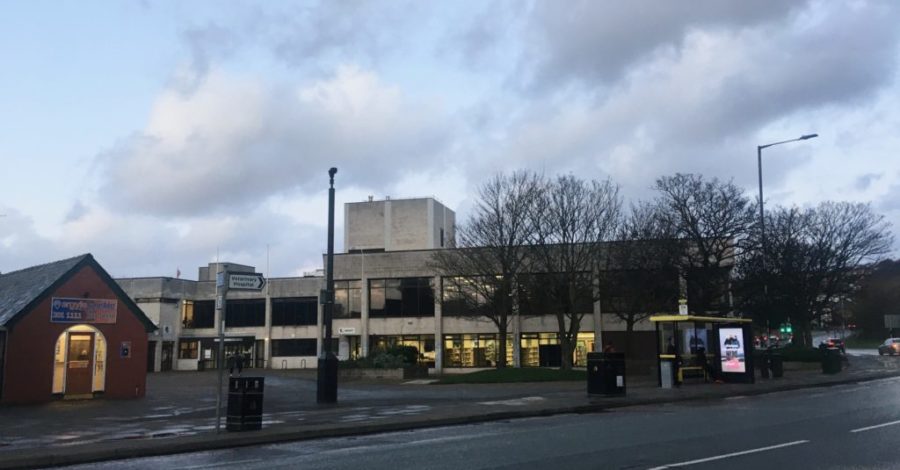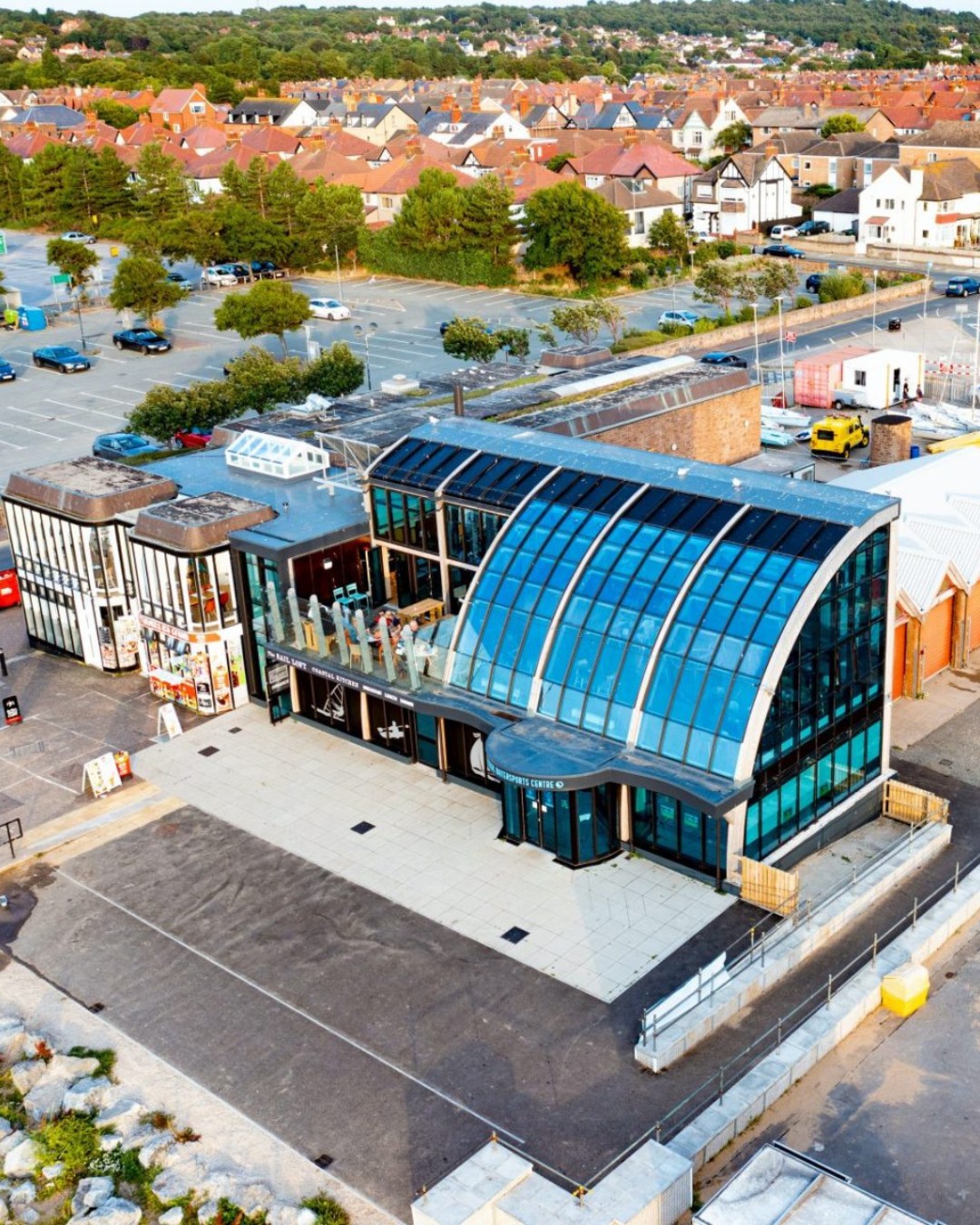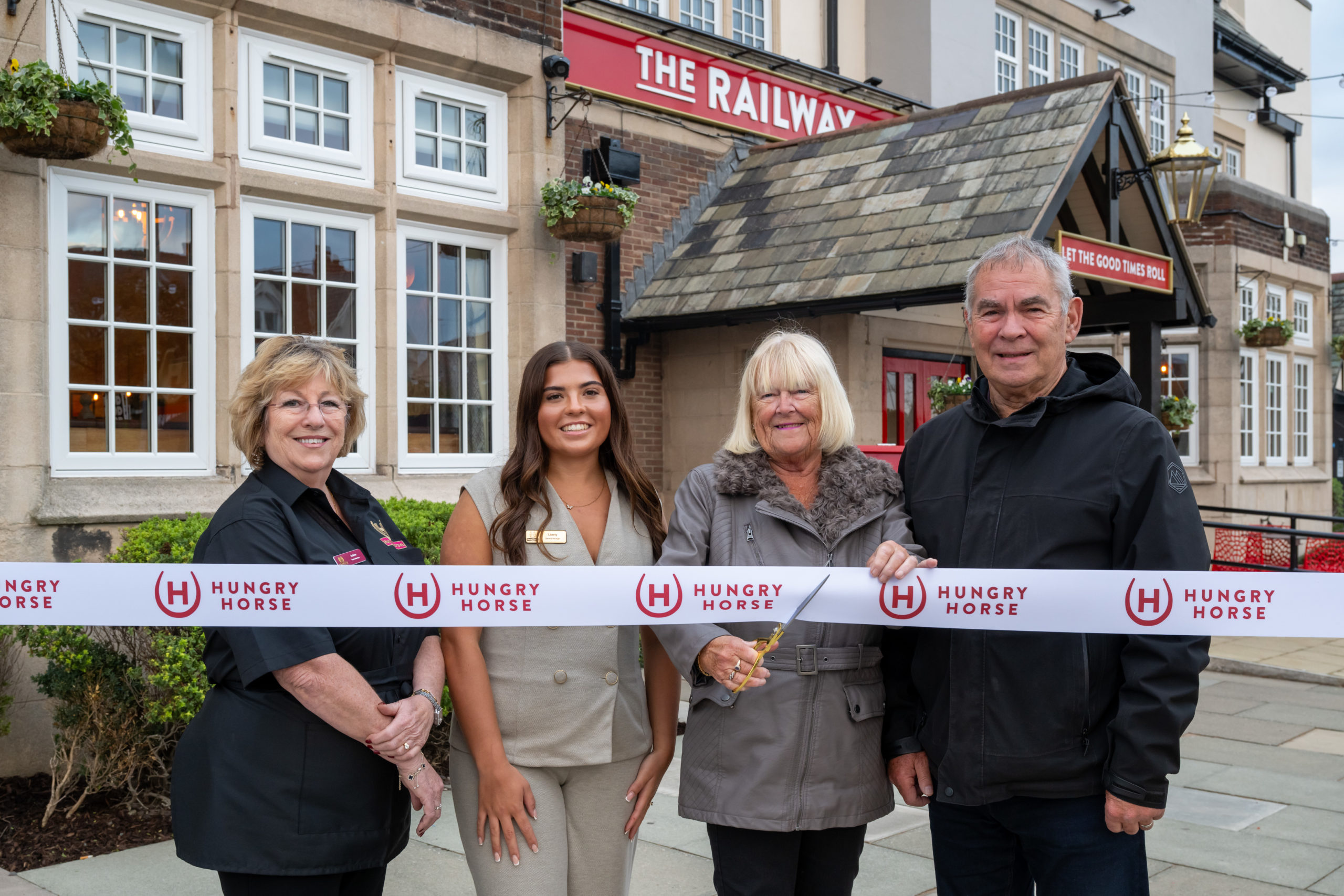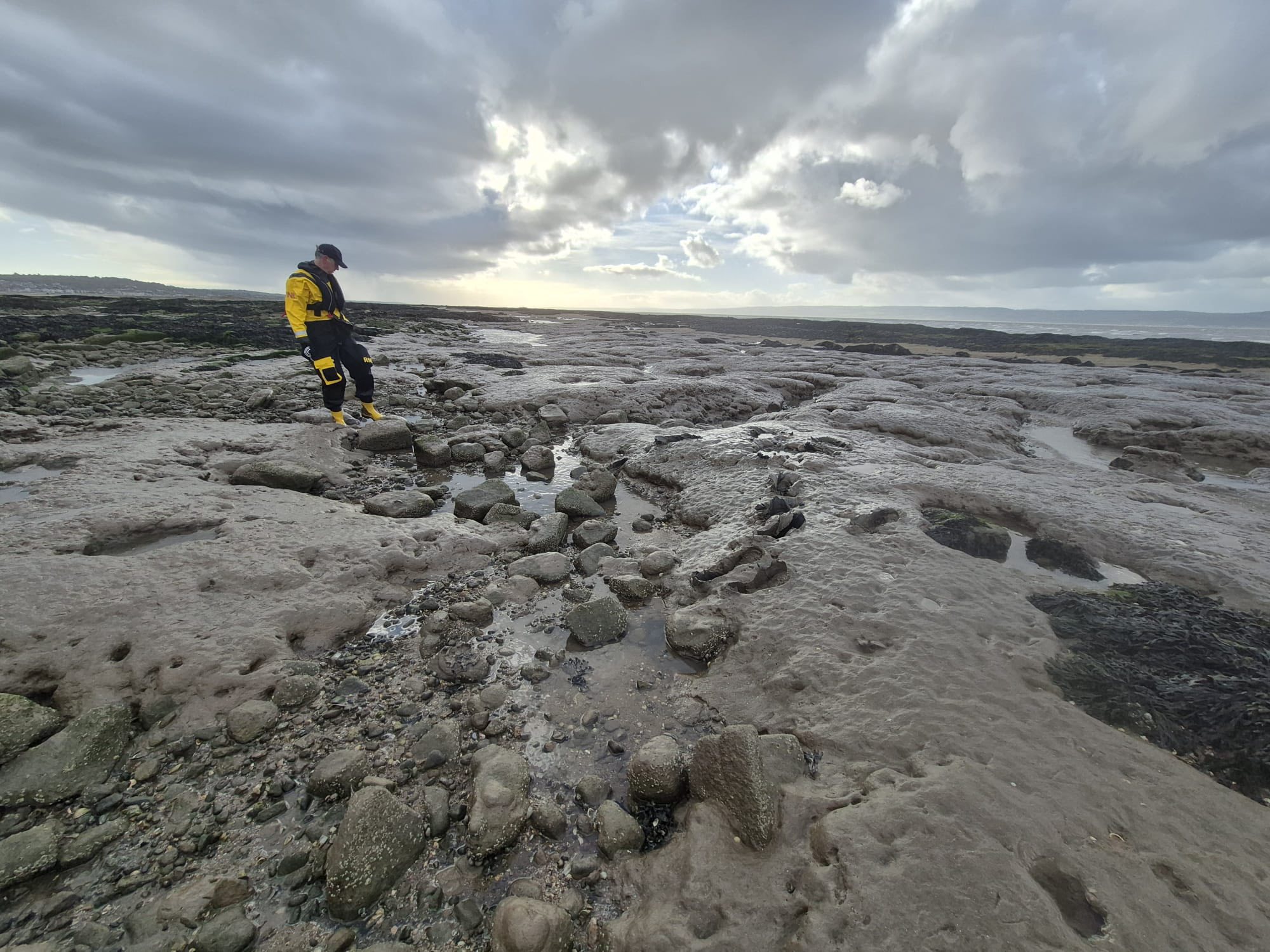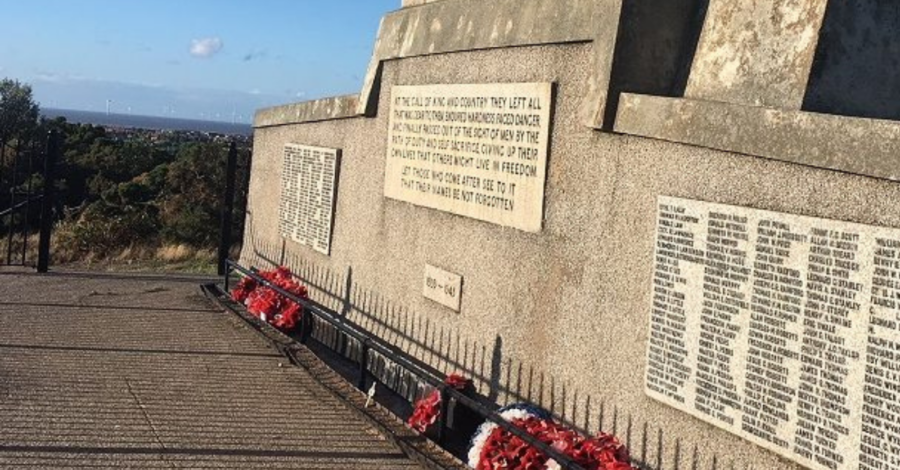A new exhibition celebrating the modern history of St Bridget’s Church is the latest attraction drawing visitors to West Kirby Museum.
The exhibition, which includes ceramics, stained glass, photographs and other artefacts depicting the history of the church, opened this month, and will be on display for three months.
The museum is one of West Kirby’s hidden gems, but thanks to the dedicated work of the teams of volunteers who run it, the secret is getting out, and its regular Saturday morning openings (10am to 1pm) are drawing a steady stream of visitors.

It is not a venue that you are likely to stumble on unless you are looking for it, tucked away as it is in the picturesque grounds of St Bridget’s Church on St Bridget’s Lane.
This quiet corner of the town was actually its bustling centre until the arrival of the railway and West Kirby station in 1878 changed the whole emphasis of the urban layout.
The church and the museum are inextricably linked, and it owes its existence to the efforts of 19th century church warden and Liverpool merchant Charles Dawson Brown.
The current church is the fifth on the ancient site. It underwent extensive rebuilding work between 1869 and 1871, and keen historian Mr Brown realised the importance of some of the stones that were being unearthed from the earlier buildings and made sure they were saved.
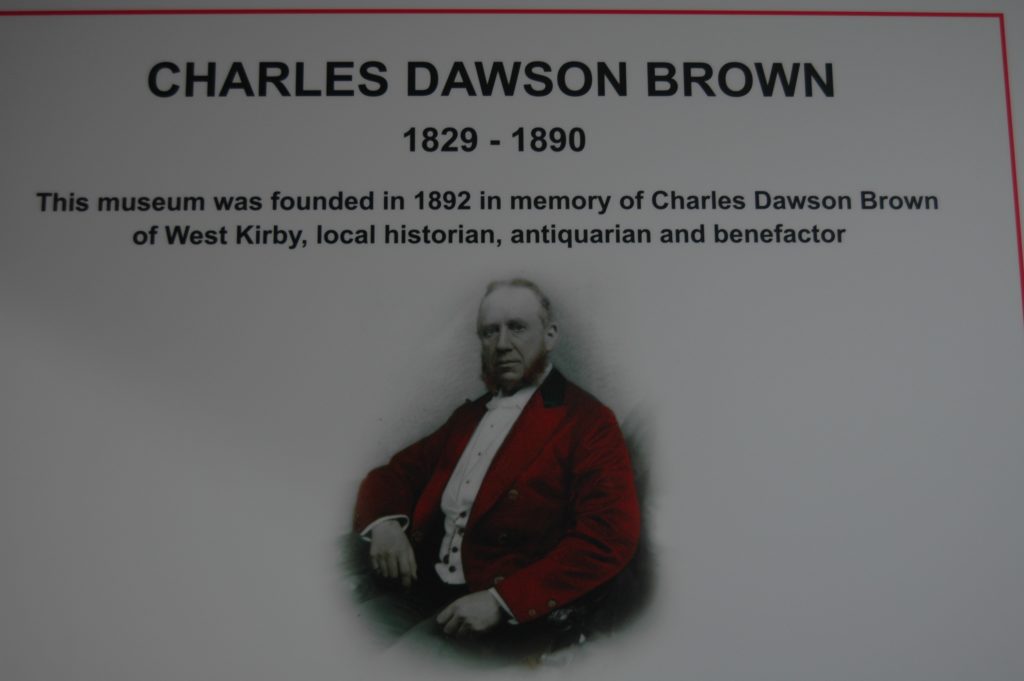
The original museum opened in 1892, two years after his death. Today the modern, refurbished museum still bears his name in its official title, and the stones he salvaged and collected, telling 1,000 years of the church’s story, form the most important elements of the permanent collection.
Today the museum has two main exhibition rooms, one displaying the ancient stones, and a second in which new display cases installed last April provide a home for the regularly revolving temporary exhibitions.
A 13-strong committee, a team of 25 researchers, and a group of around 15 volunteer helpers all keep the museum moving forward, working without pay, motivated by a shared passion for preserving and revealing the history of West Kirby.
Typical of the enthusiasm is committee member Carol Hunter, 47, who worked for 17 years as a French and Spanish teacher at Calday Grange Grammar School before giving up her job to devote her time to the museum. “I love history, and I started out by doing publicity for the museum,” said Carol.
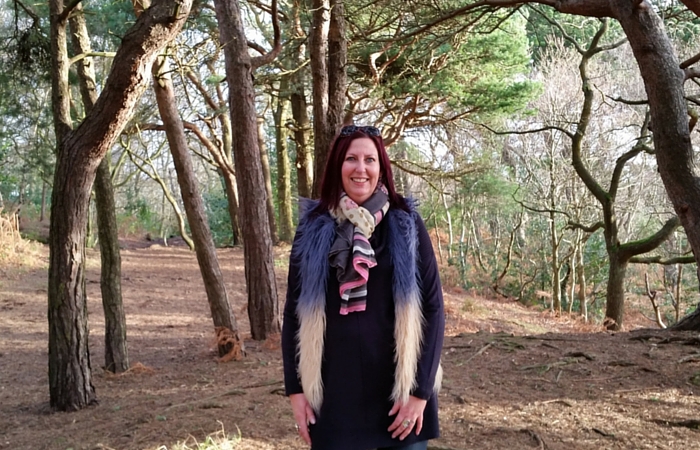
“I’ve got ancestors who were married here in 1679, so the history of West Kirby means a lot to me.
“The museum started out as a hobby, but it has taken over my life. We do it for the love of keeping history alive for future generations.”
The museum’s oldest artefact, dating back a remarkable 5,000 years, is not part of Charles Dawson Brown’s collection, but an axe head discovered by museum researcher Sue Jackson and her husband at their Caldy home.
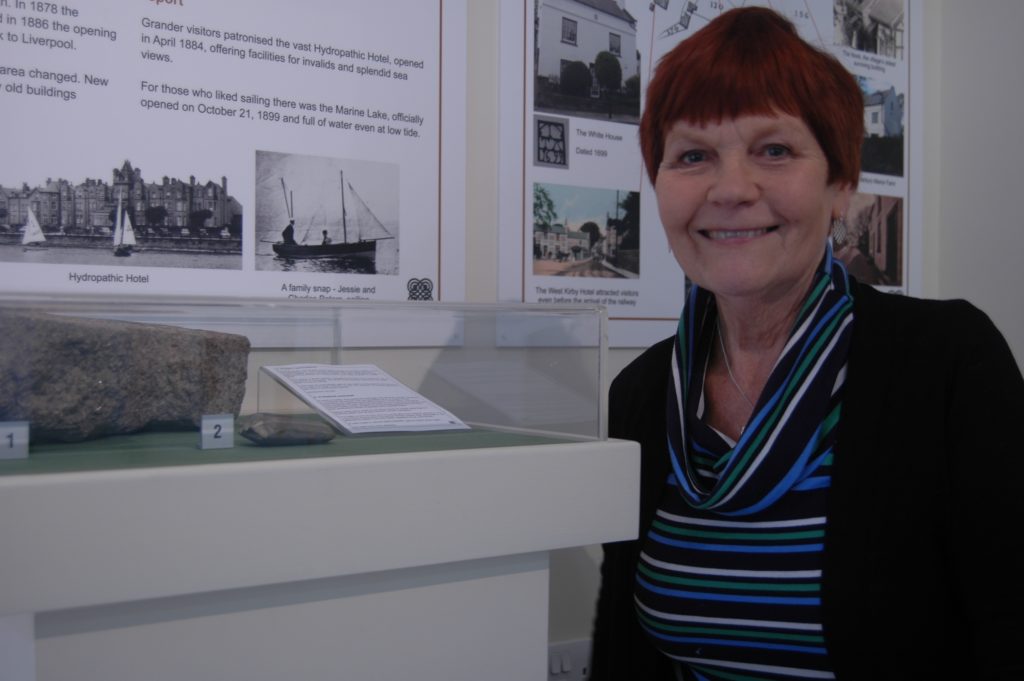
“My husband was digging up and rotavating the garden of our new home, up on the cliffs in Caldy, when he found it in 1985,” said Sue. “It looked interesting and I kept it, but I put it in the back of a draw and left it there.”
It was only when Sue got involved in the museum and brought the axe head in to show colleagues that its significance was recognised, and verified by experts at the University of Liverpool. Today the axe head enjoys a new home in a glass case in the museum, on long term loan from Sue.
The research team are constantly unravelling more of the mysteries of West Kirby’s history, and we can look forward to a fascinating sequence of exhibitions in the months ahead. Sue is currently working on a history of West Kirby’s shops, for which she has already amassed a large collection of photographs.
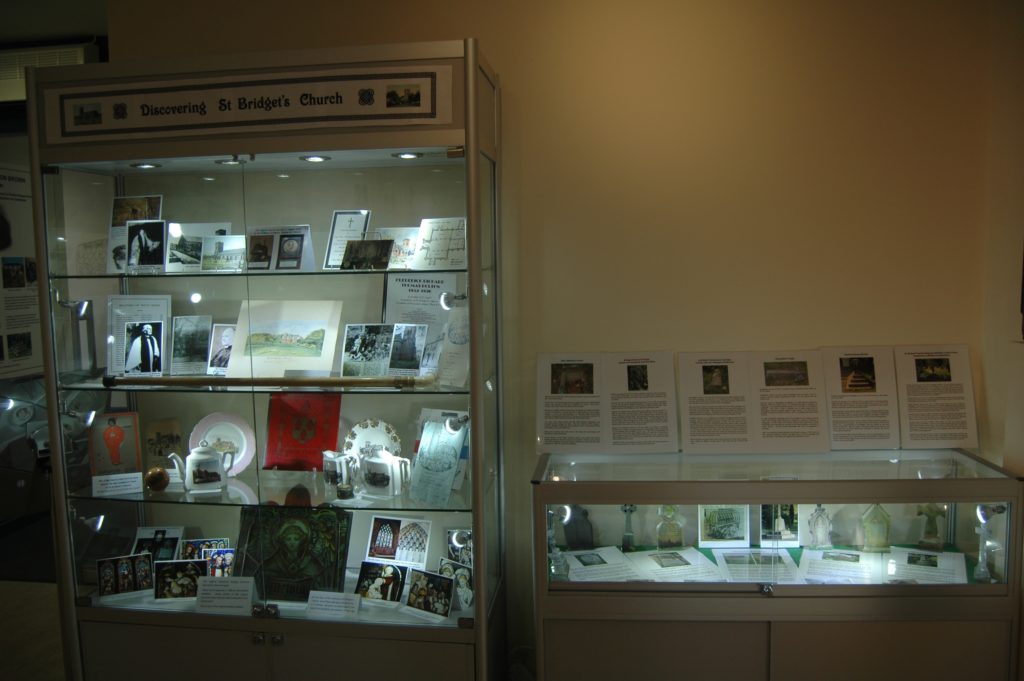
Visiting the museum on a Saturday morning is free, but donations are welcome, and vital to the museum’s future. History groups and schools can also arrange private visits at other times.
More details about the museum can be found on its website. It is well worth seeking out by anyone with an interest in the ancient and modern history of West Kirby.
